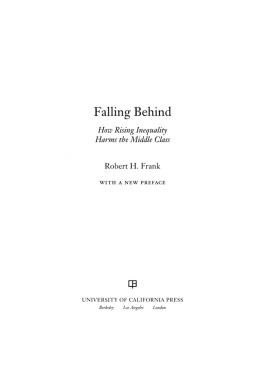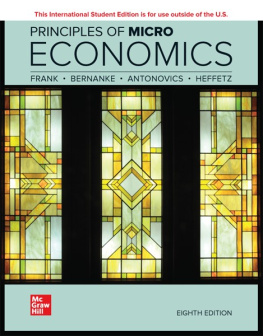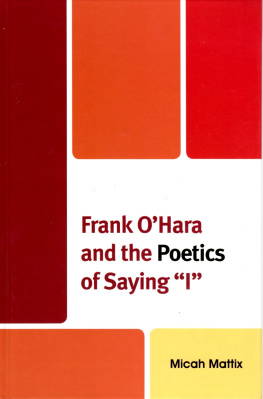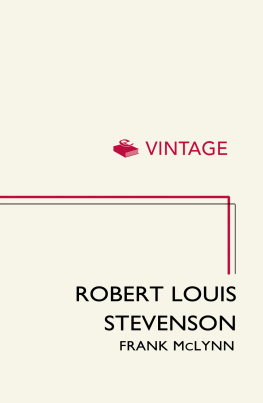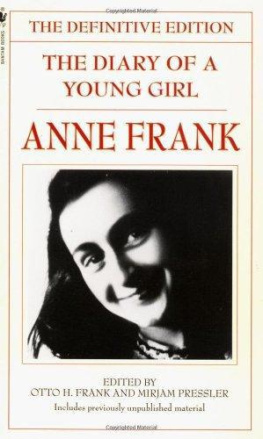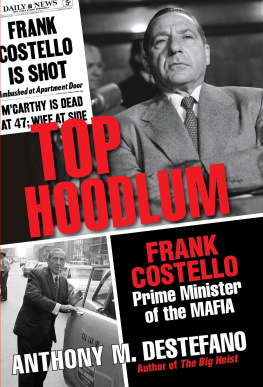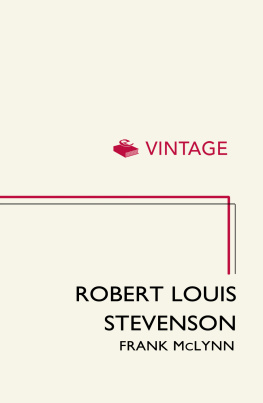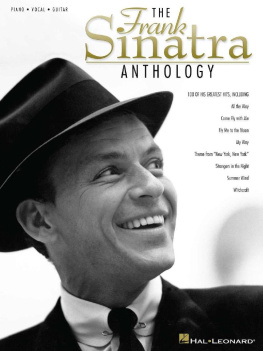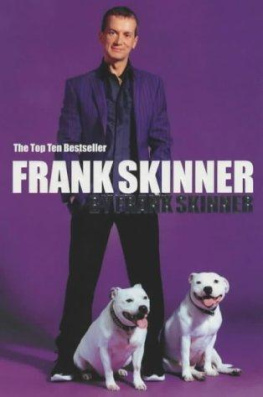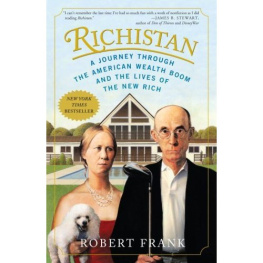Hachette Book Group supports the right to free expression and the value of copyright. The purpose of copyright is to encourage writers and artists to produce the creative works that enrich our culture.
The scanning, uploading, and distribution of this book without permission is a theft of the authors intellectual property. If you would like permission to use material from the book (other than for review purposes), please contact permissions@hbgusa.com. Thank you for your support of the authors rights.
Published by Da Capo Press, an imprint of Perseus Books, LLC, a subsidiary of Hachette Book Group, Inc.
The Hachette Speakers Bureau provides a wide range of authors for speaking events. To find out more, go to www.hachettespeakersbureau.com or call ( ) - 6591 .
The publisher is not responsible for websites (or their content) that are not owned by the publisher.
Editorial production by Christine Marra, Marra thon Production Services. www.marrathoneditorial.org
Set in . -point Berthold Baskerville
Library of Congress Cataloging-in-Publication Data has been applied for.
R OBERT FRANKS FAVORITE IMAGE from his most famous work, the photo book The Americans , is a photograph titled San Francisco from 1956 . Its like a punch in the nose. He was shooting in a park above San Francisco and was sneaking up on an African American couple enjoying the view, and their privacy, when a stranger approaches from behind.
The thing is that Frank wasnt surprised they turned around; you can pretty much assume he was hopingeven countingon them turning around. Confrontations got his juices flowing. So maybe he made some noise, maybe not, but when they turned around, the African American man crouched down in a protective stance, eyes flashing hostility, the womans face warily asking What are you doing? , Frank was prepared to pounce. This white guy has entered their space and is taking something they were not offering. A moment of submerged feeling dragged into the daylight.
As the contact sheet shows, Frank very quickly made a gesture of photographing whatever was next to them, pretending he wasnt really taking their picture. Then he walked away, and nobody got punched.
Frank has always said that he liked this photograph because of the candor on the couples faces and the intensity of their unguarded reaction to a strangers approach. He liked it because it is honest, and it is honest because it reveals human feeling, and anger was a feeling that explained the country in which he was traveling in 1956 about as well as any single emotion could. On both sides quiet reflection had become impossible.
Like that couple on the overlook, Robert Frank has pretty much always wished to go unobserved. There is little he appreciates less than people taking his picture, putting a microphone in his face, asking him questions. When approached, he has responded in a manner similar to the couple in his San Francisco photographor worse.
Its a fall day in 2015 , and I am running down a long row of stairs while a crowd is walking up. A documentary of Franks life had just premiered at the New York Film Festival in Lincoln Center, and the subject was making a rare public appearance. At the end of the movie Frank stood and waved to the sold-out room, and everybody else stood too, clapping for the man whose work they loved and whose life they knew more about than they had ninety minutes before. The documentarys maker answered a few questions, then everyone headed out.
I was sitting in a back row, the farthest corner from Frank and his wife, June Leaf. I had been working on this book for several years, and he had not responded to various appeals to meet. Neither letters nor the interventions of friends over the previous years had stirred his interestor disinterest. What he extended was a shrug, a neutral acknowledgment that declared any exchange was beyond reach. I came to New York in hopes of at least looking him in the eye and telling him what I was about.
The room lights went on, and I had to move quickly because he was heading toward a side door that had just opened at the far corner. I raced toward him. A man was coming up the stairs, leaning on a cane, and suddenly I could see tomorrows headlines about the legendary filmmaker Jonas Mekas being trampled at Lincoln Center. I stopped running and walked down to where Frank was a moment beforejust in time to see him, Leaf, and several others enter an elevator and disappear behind the closing door.
By the time I made it upstairs they were gone.
Some peoples art initiates a conversation with other art; Robert Franks work has been engaged in a dialogue with his first important subjectAmericafor over fifty years. It eventually became the most influential American photo book and a signal American art work of the last hundred years. The Americans has inspired plenty of people beyond the art world as well, far more than museum art usually does. Plenty of artists have described how his work
On the verge of abandoning his own photographic career, Frank made his first film, Pull My Daisy , with Alfred Leslie in 1959 , embodying a countercultural sensibility long before anybody understood what counterculture was. Pull My Daisy was a key film that helped launch a new American independent cinema, and by the time it had, Frank had turned to other styles of filmmaking. He was on his way to becoming, in the words of New York Times critic Manohla Dargis, One of the most important and influential American independent filmmakers of the last half-century.
He has influenced MTV videos and generations of photographers who werent even born when The Americans was published. And he has, more distantly, helped launch generations of Americans who have set out from home to see their country for themselves. Theres not another living American artist who has inspired so many different kinds of peoplewriters, political activists, musicians, sleepers on the beachto do what they believe in. His example shows where following your own path can lead, how honest you need to be, and the cost it will inevitably exact. Hes a pill and selfish and sometimes incredibly sad and one of the freest individuals I can think of. He does not give a fuck about protocol and proprieties, and he has lived long enough to show that he has been right more often than he was wrong. As his friend Miles Forst once said, There is no peace in him.
Such actions, the editor decided, wiped away his fear of repeating himself and guaranteed uniqueness. Without realizing it at first, we would be actors under Robert Franks direction. It is through such difficulties, by the things that keep you from taking the established route and force one to improvise, that something new comes into being. That has been his experience, and he offers this understanding to others when he can. Make plans with him at your peril. Events change on the ground.
Early in 2016 a New York University art gallery presented a career overview, and it was announced that the ninety-one-year-old himself would attend the opening and take questions from an audience. It seemed like another chance to make my case. So I went, and after a short question-and-answer session a side door in the room opened onto Mercer Street. He walked past a cloud of photographers and video cameras and headed into Greenwich Village. Frank was walking down the block by himself, cane in hand, motoring along.
I introduced myself, and he smiled. Im writing a book about you, I said.


